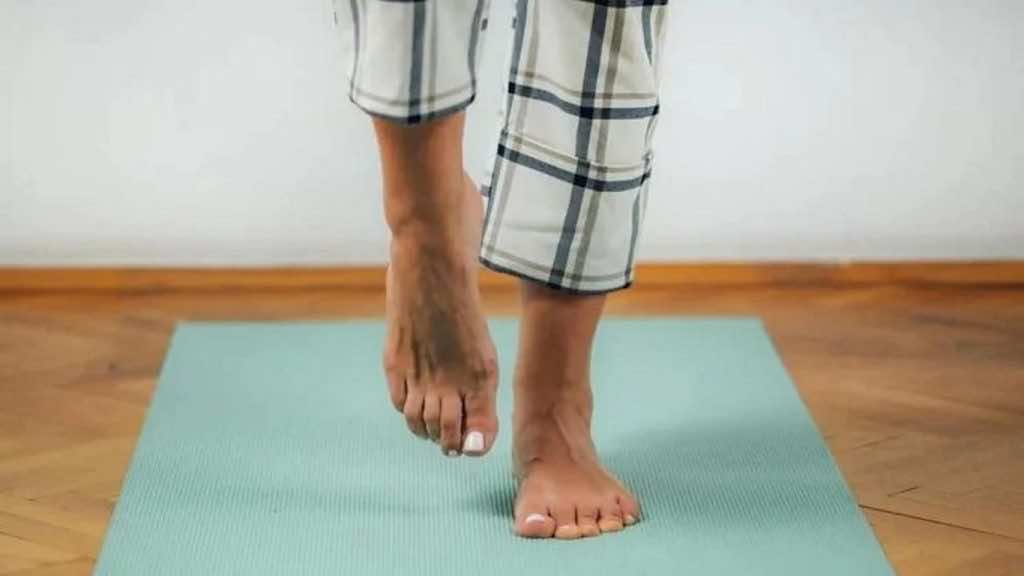An international team of researchers has brought new evidence showing whether human coordination or its lack with age is an indicator of risk of disease and death. The study had more than 1,700 subjects. It found a disproportionate rate of death among those unable to complete a 10-second balance test, with the authors suggesting such an examination could become part of routine health checks from middle age onwards.
The degradation of human balance is caused by several complicated reasons like declining bone density, loss of physical strength, and an impaired ability to process sensory information around our body’s position and the surrounding environment. While an unsighted tree root can trip us up at any age, these factors, along with things like poorer cognition, worn-out joints, and degenerating eyesight can increase the probability of falling as the age progresses.
Poor balance can also be due to other health issues like ear infections, stroke, and multiple sclerosis.
The scientists analyzed metrics such as body weight, skinfold measurements, waist size, and medical history. Participants were made to stand on one leg for 10 seconds, with the free foot resting on the lower leg and their arms by their sides.
123 subjects, or seven percent of the cohort, died in the time from a range of causes like cancer, cardiovascular disease, respiratory disease, and complications from COVID-19.
The rate of death among those that failed was significantly higher, at 17.5 percent compared to 4.5 percent.
The research states that like a blood pressure reading or blood test, it can be used by doctors to build a general picture of our general risk of disease, this kind of balance test could become a cheap, non-invasive tool in healthcare.
“The one-legged stance test has been used to assess balance over the last five decades, but it is not routinely employed in the clinical examination of middle-aged and older individuals,” said study co-author Dr. Setor Kunutsor. “A major reason for this is the lack of data on its relationship with adverse outcomes such as falls and mortality. The current findings suggest the 10-second one-legged stance is a potentially practical tool that could be used in routine clinical practice to identify middle-aged and older individuals at high risk of death. We encourage researchers with access to these data to publish their findings to confirm these results.”
The research was published in the journal British Journal of Sports Medicine.

